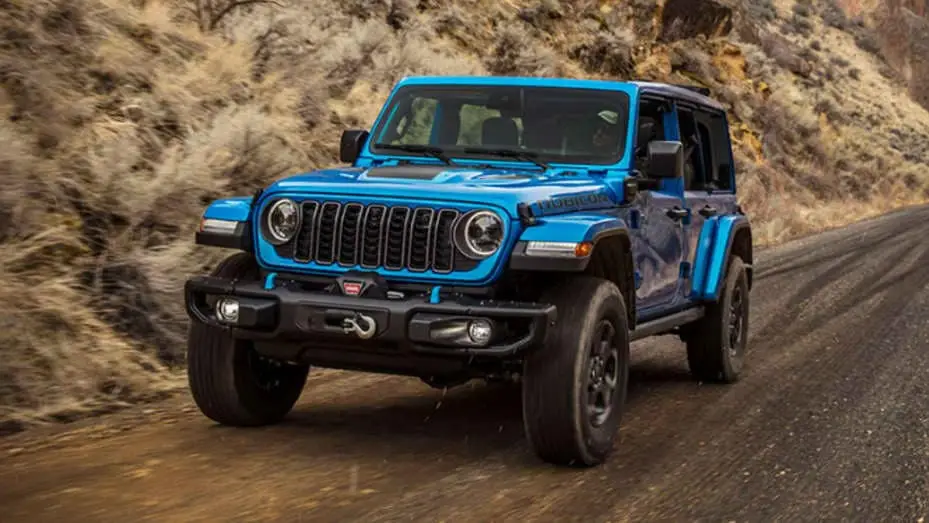In the world of automobiles, few things stir as much passion as brand loyalty. Whether it’s the roar of a V8 engine, the click of a precision gear shift, or the unmistakable styling of a vehicle that’s stood the test of time, certain cars inspire almost cult-like devotion.
From online forums and meetups to decades-spanning ownership, loyal fan bases form around these machines, often defending them with unwavering enthusiasm against critics.
These are the vehicles that transcend transportation; they become part of an owner’s identity. Whether due to performance, reliability, heritage, or sheer uniqueness, some cars simply capture hearts and hold them for life.
On the other end of the spectrum lie vehicles that seem to generate little affection—cars that not only failed to excite the buying public but also left owners indifferent or, worse, regretful. These vehicles are often plagued by poor design choices, reliability issues, or simply a lack of personality.
They’re rarely celebrated, almost never modified or showcased at car meets, and are generally forgotten shortly after they leave the showroom floor—if they even make it there. Unlike their beloved counterparts, these models tend to serve as cautionary tales or the punchlines of automotive jokes.
This article takes a deep dive into both ends of the spectrum: five vehicles with incredibly loyal fan bases and five that almost no one defends.
We’ll explore what makes certain cars adored and others derided, and we’ll look at how public perception can shape the legacy of a model for generations. From iconic off-roaders to budget compacts that never caught on, let’s explore what fuels automotive loyalty—and what leaves cars in the dust.
Also Read: 5 Cars That Are Loved After 5 Years and 5 Cars That Cause Regret
5 Vehicles With Loyal Fan Bases
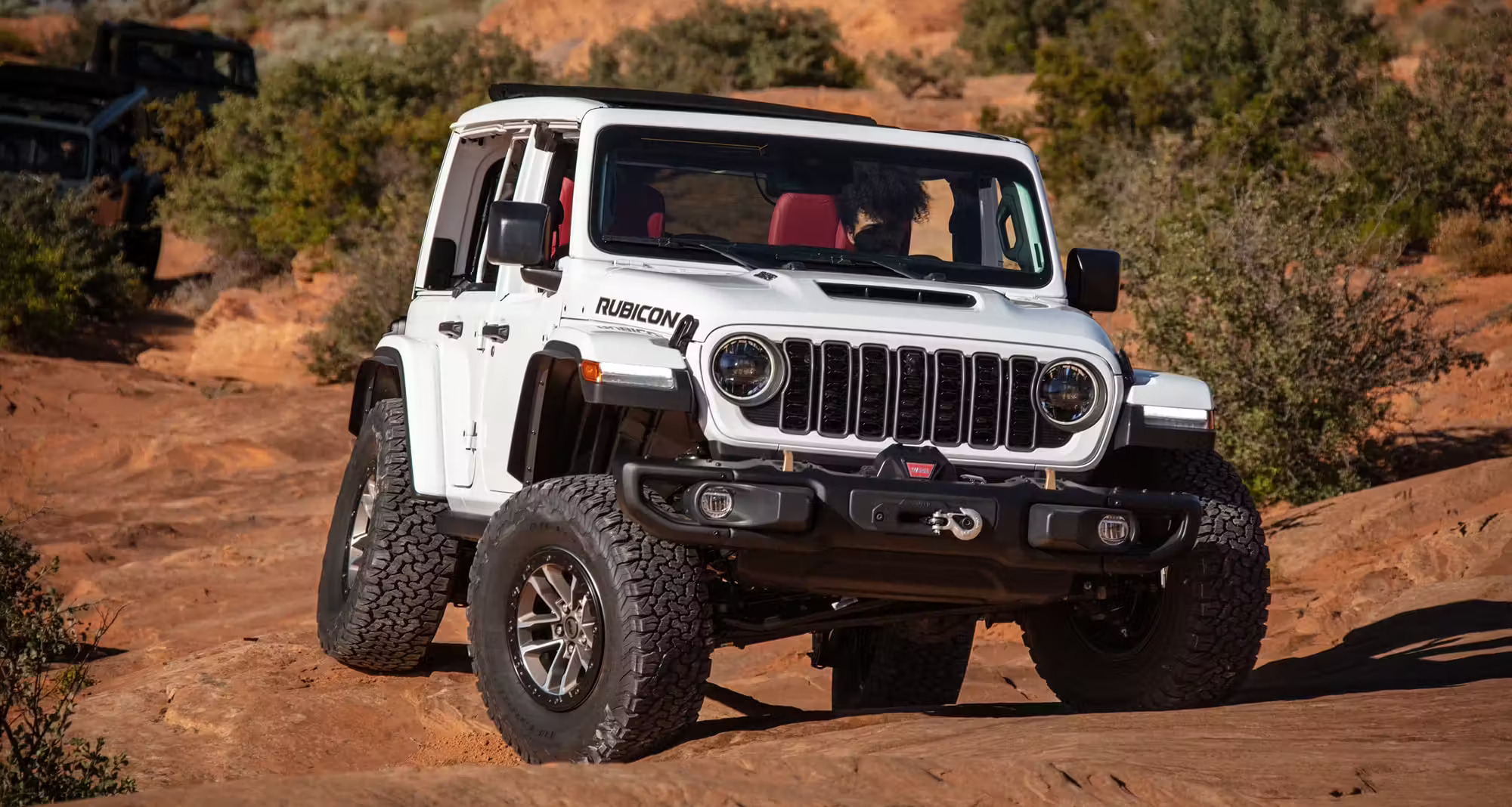
1. Jeep Wrangler
The Jeep Wrangler is more than just a vehicle—it’s a lifestyle. Its roots trace back to the original Willys MB military vehicle, which carved its reputation during World War II. That legacy, combined with rugged off-road capability, makes the Wrangler a natural favorite among outdoor enthusiasts and adventurers.
With removable doors, a fold-down windshield, and unbeatable trail performance, the Wrangler offers a raw driving experience that few other modern vehicles replicate. Owners love customizing their rigs with lift kits, winches, and custom wheels, creating a unique bond between driver and machine.
What separates the Wrangler community is its strong sense of identity. Jeep owners often wave at each other on the road—a tradition known as the “Jeep wave.” Entire events, like Jeep Jamboree or Moab’s Easter Jeep Safari, are dedicated to bringing enthusiasts together to celebrate and challenge their 4x4s.
These gatherings build camaraderie and reinforce the loyalty that fuels repeat purchases, even when faced with criticisms about on-road comfort or fuel efficiency.
Despite modern iterations offering more tech and safety features, the Wrangler remains unapologetically analog in many ways. Its die-hard fans accept the trade-offs of a bouncy ride or high wind noise because of what the vehicle represents: freedom, exploration, and a connection to a storied automotive past. It’s not for everyone, but for the loyalists, nothing else compares.
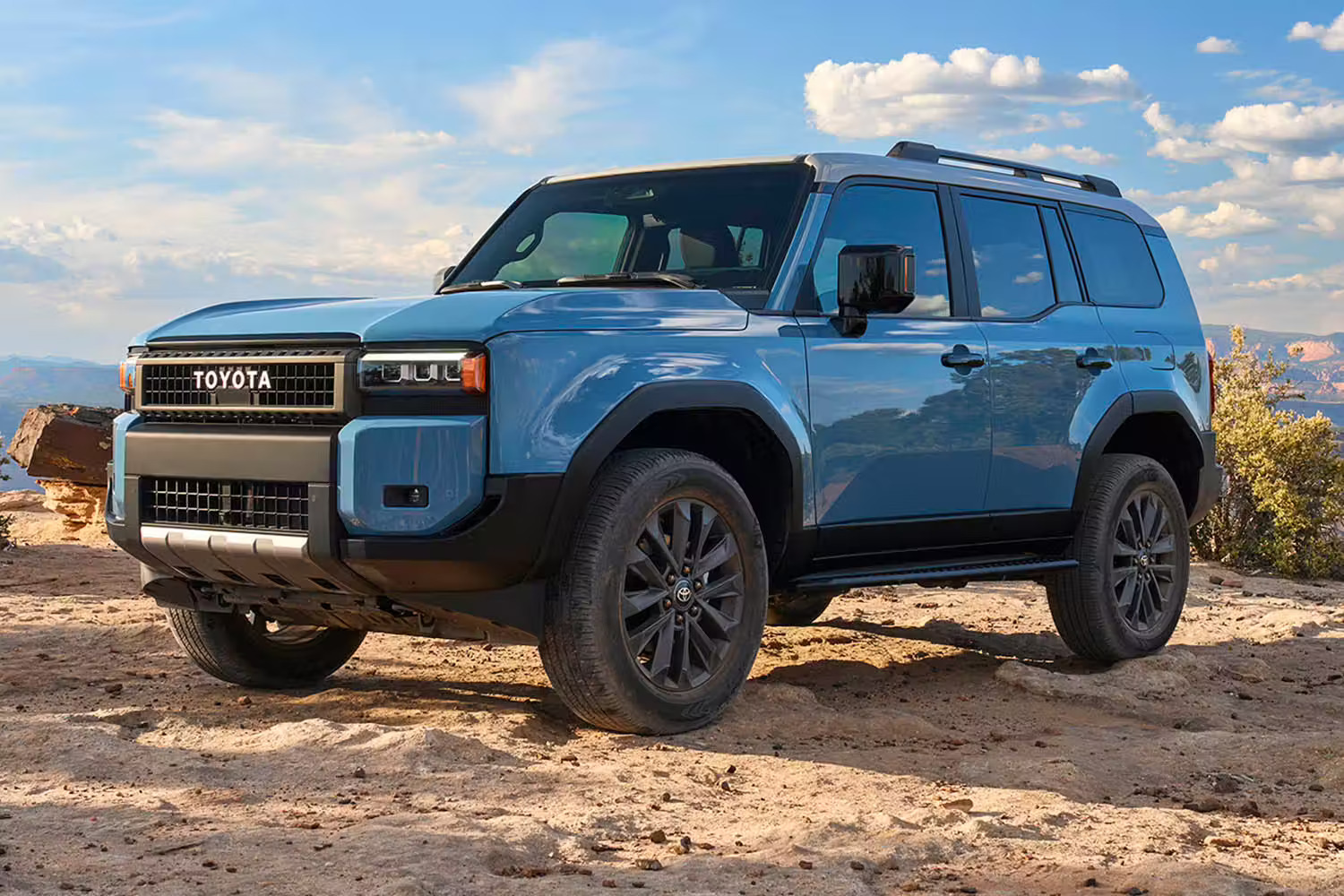
2. Toyota Land Cruiser
For decades, the Toyota Land Cruiser has been a symbol of unkillable reliability and unmatched durability. Originally designed for military use, it has since become a favorite for overlanders, adventurers, and even governments around the world.
Its off-road capabilities are legendary, with models like the 70 and 80 Series still traversing deserts and jungles decades after production. Part of the loyalty comes from knowing the Land Cruiser will not let you down, even in the harshest conditions.
In many developing countries, the Land Cruiser is the vehicle of choice for aid organizations, UN convoys, and remote outposts. This reputation for dependability in extreme environments feeds into its mythos.
Owners frequently reach 300,000+ miles without major repairs, and many are passed down across generations, increasing sentimental value. The Land Cruiser isn’t just respected—it’s revered.
What truly cements its fan base is Toyota’s attention to build quality and longevity. Despite newer models becoming more luxurious and expensive, many fans remain devoted, scouring classifieds for older models or importing classic variants.
Enthusiasts modify them for overlanding, expedition work, or restoration, ensuring the Land Cruiser remains more than just a vehicle—it becomes a lifelong project and partner.
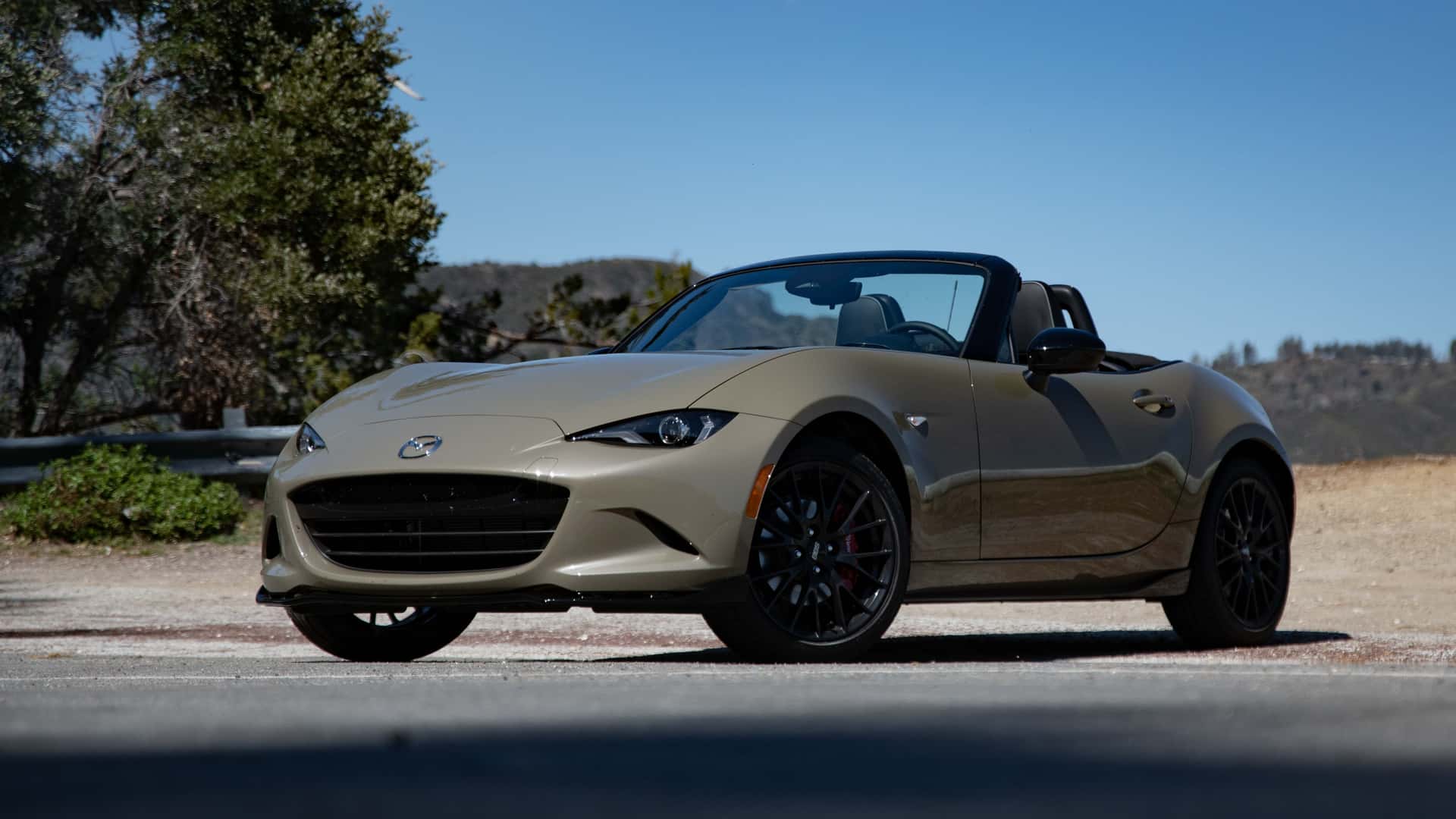
3. Mazda MX-5 Miata
Few cars embody the joy of driving like the Mazda MX-5 Miata. Light, nimble, and reliable, the Miata has won over driving purists since its debut in 1989.
Its simple rear-wheel-drive platform, affordable price point, and cheerful styling make it accessible to enthusiasts of all ages and skill levels. It’s often the first sports car people own—and one many return to time and time again.
Miata owners form a particularly vocal and active community. Online forums like Miata.net and countless Facebook groups offer advice, support, and camaraderie. Track days and autocross events are filled with Miatas, showcasing their impressive handling prowess despite modest power figures.
“Miata is always the answer” has become a meme and a mantra within the car community, highlighting its broad appeal and versatility.
Part of the Miata’s charm is its unpretentious nature. It’s not trying to be a supercar or a luxury coupe—it’s built for driving pleasure, and it excels at that purpose. Its legacy of driver engagement, combined with low ownership costs and aftermarket support, guarantees its place among the most beloved enthusiast vehicles on the planet.
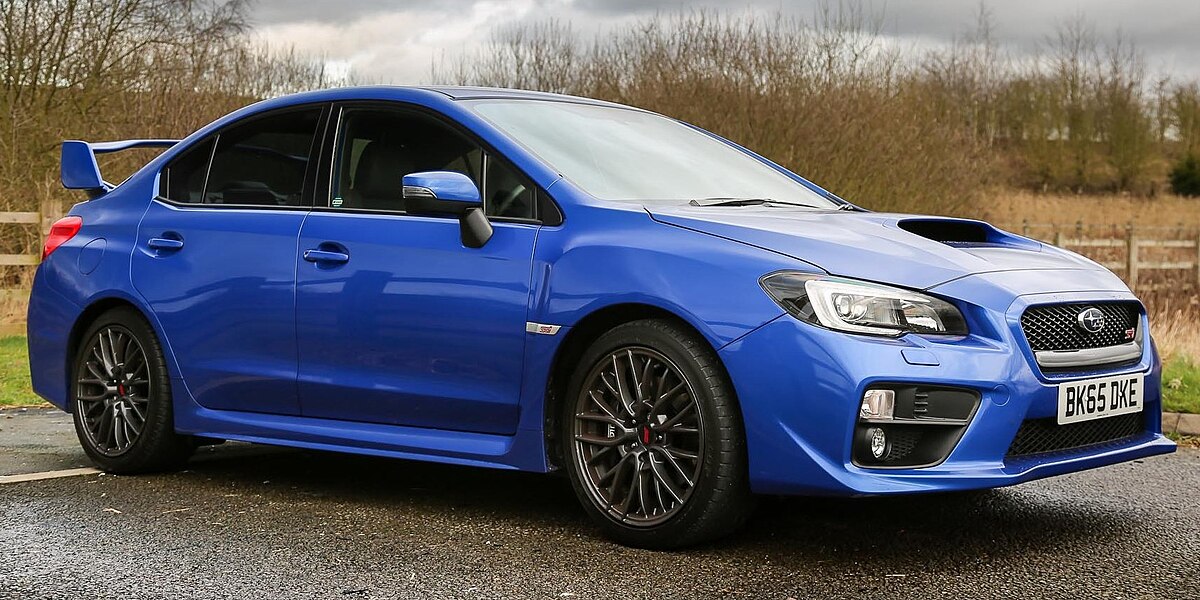
4. Subaru WRX
The Subaru WRX has built its fan base around rally heritage, all-weather performance, and an unmistakable boxer engine growl.
Originating from Subaru’s World Rally Championship efforts in the 1990s, the WRX was among the first to bring turbocharged all-wheel-drive performance to the masses. Enthusiasts were drawn not just to its speed but to its everyday practicality.
Owners appreciate the WRX for being a true “do-it-all” car. It handles snowy commutes, weekend track days, and grocery runs with equal ease. The WRX community thrives on modification, from engine tuning to suspension upgrades and body kits.
Entire subcultures have formed around different WRX generations, each with its distinct style and quirks. The car’s reputation for performance and tuning potential keeps fans hooked even as newer models become more refined and less raw.
Despite some criticisms about build quality or noise insulation, WRX fans often brush them off as minor trade-offs for the car’s character and capability. Subaru’s marketing as a brand for outdoor lovers and enthusiasts has only solidified its standing. The WRX isn’t just a car—it’s an icon for drivers who want performance without pretension.
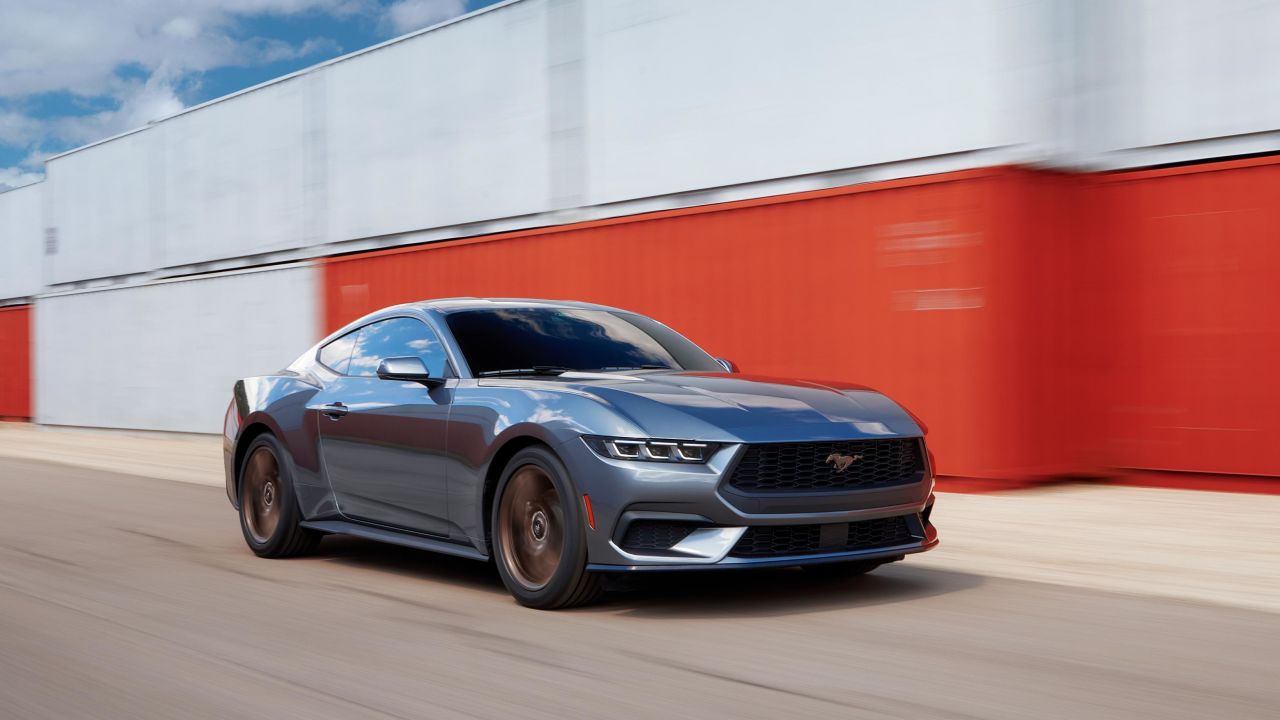
5. Ford Mustang
The Ford Mustang is perhaps the quintessential American muscle car. Since its debut in 1964, it has captivated drivers with its combination of power, style, and attainability.
The Mustang was the original “pony car,” and over six decades later, its legacy continues with a fervent following. From V8 purists to turbocharged EcoBoost fans, Mustang enthusiasts span generations and driving styles.
Mustang clubs exist all over the world, showcasing how a distinctly American car has achieved global appeal. Owners participate in drag races, car shows, and restoration projects, with some preserving classic models and others heavily modifying newer versions.
The Mustang’s wide aftermarket support ensures that nearly every version can be tailored to personal tastes, deepening the emotional bond with the car.
What makes Mustang fans so loyal is the vehicle’s emotional resonance. For many, it represents freedom, rebellion, and individuality. Whether it’s a ’67 Fastback or a 2024 Dark Horse, the Mustang carries a legacy that fans proudly uphold. It’s not just about horsepower—it’s about heritage, and that makes Mustang loyalty truly enduring.
5 Vehicles No One Defends

1. Pontiac Aztek
The Pontiac Aztek is almost universally mocked for its awkward design and lackluster performance. Launched in 2001, it was meant to be a bold, versatile crossover aimed at adventurous young buyers.
What GM delivered, however, was a vehicle widely criticized for its bizarre aesthetics, cheap interior materials, and confused identity. Despite attempts at innovation, like an optional tent attachment and cooler center console, the Aztek became a punchline.
Its styling was a major turn-off. With oddly shaped windows, a heavy rear end, and clashing design cues, it alienated consumers before they even considered its features.
Even though it offered practicality and interior space, the execution fell short. Reviews often highlighted its poor build quality and underwhelming performance, pushing buyers toward more polished alternatives.
Ironically, the Aztek gained minor cult status years later thanks to their appearance in Breaking Bad. But even then, the appeal was largely ironic. It remains a cautionary tale about the risks of design-by-committee and trying to be everything to everyone. Few defend it seriously, and even fewer miss it.
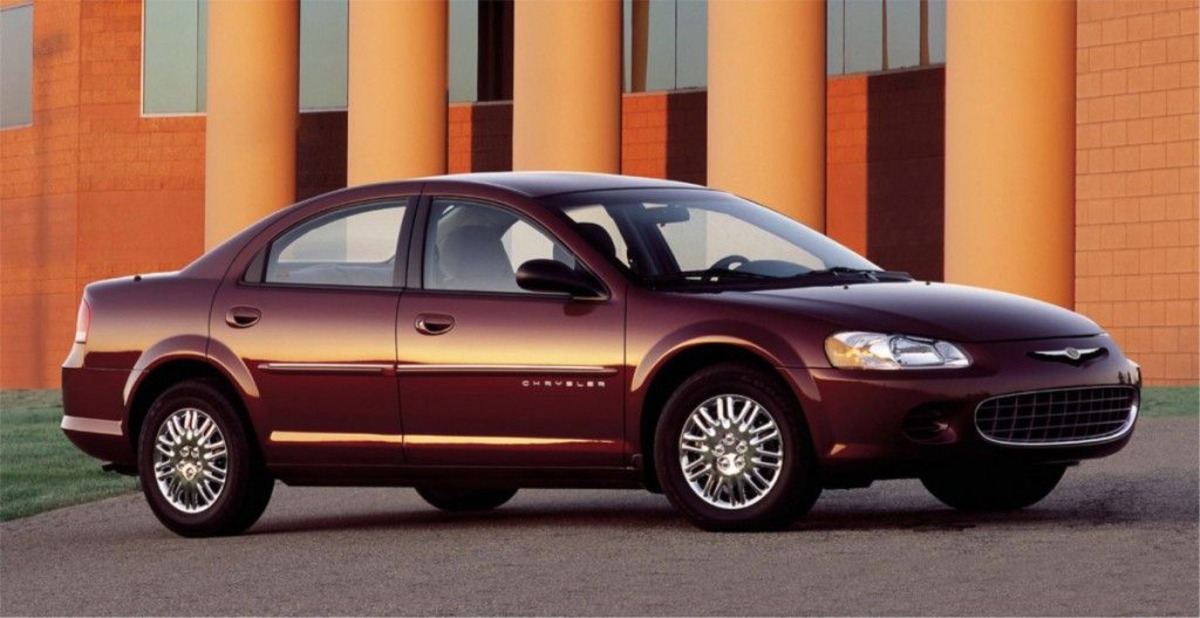
2. Chrysler Sebring (2001–2010)
The Chrysler Sebring is the definition of forgettable. Marketed as a mid-size sedan and convertible aimed at comfort-conscious drivers, it ended up embodying everything wrong with early-2000s American cars.
Poor build quality, uninspired driving dynamics, and a plasticky interior plagued the model throughout its run. Critics often labeled it one of the worst cars of the decade.
The Sebring failed to distinguish itself in any meaningful way. It wasn’t sporty, luxurious, or particularly reliable. As a result, it became a common sight in rental fleets—another knock against
its desirability. The convertible version, in particular, suffered from awkward proportions and a leaky roof that made ownership a frustrating experience.
Even among Chrysler fans, the Sebring rarely garners nostalgic praise. It lacks the legacy of the 300 or the charm of vintage Mopars. It was a placeholder in the lineup, and its disappearance was met with a collective shrug. Few tears were shed when it was replaced by the far more respectable Chrysler 200.
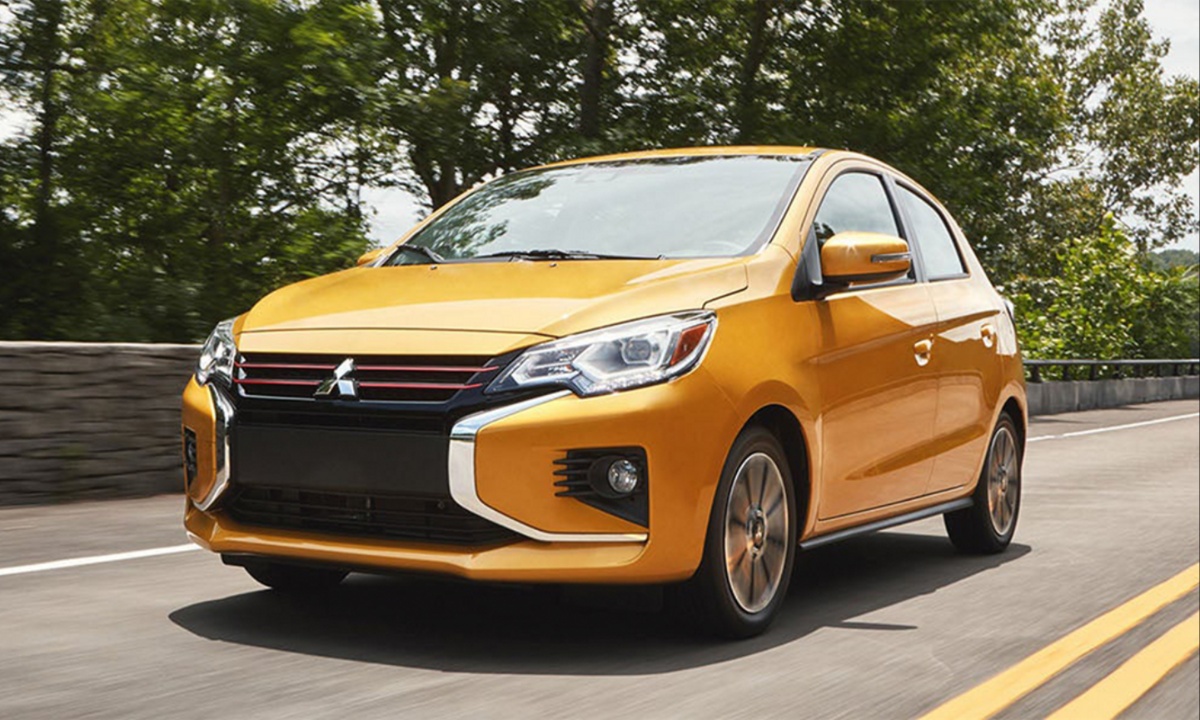
3. Mitsubishi Mirage
The Mitsubishi Mirage is one of the cheapest new cars you can buy—and unfortunately, it often feels like it. While affordability is a selling point, the trade-offs are glaring: an underpowered engine, lackluster handling, and a cabin that feels stuck in the last decade. Though its fuel economy is commendable, it does little else to inspire any sense of loyalty or enthusiasm.
The Mirage is frequently the subject of automotive ridicule. Reviewers criticize its numb steering, cheap materials, and sluggish acceleration. Owners often buy it out of necessity rather than choice, and as soon as they can upgrade, they usually do. It’s rare to find a Mirage fan page—or any sort of passionate community around the car.
Mitsubishi’s brand decline in recent years hasn’t helped, either. The Mirage serves a function—basic transportation—but it doesn’t evoke emotion, pride, or joy. While utilitarian vehicles can develop cult followings, the Mirage doesn’t quite clear that bar. It simply exists—and that’s about all.

4. Nissan Juke
The Nissan Juke’s design was always divisive, but for many, it veered too far into the “weird” zone without offering the performance or utility to back it up. With frog-eye headlights, a squat stance, and awkward proportions, it immediately polarized the market.
Nissan attempted to market the Juke as a sporty, urban crossover, but buyers never really warmed up to its eccentric appearance or cramped interior.
While the Juke-R—a limited edition version with a GT-R engine—garnered attention, the standard models suffered from poor rear visibility, awkward cabin layouts, and subpar materials. The turbocharged engine was peppy, but the driving experience didn’t match its aggressive marketing. It wasn’t quite fun enough for enthusiasts and too quirky for mainstream buyers.
Even Nissan seems to have distanced itself from the Juke’s legacy, replacing it with the more conventionally styled Kicks in many markets. Rarely do you hear someone fondly reminiscing about their Juke. It was a bold experiment—but not a beloved one.

5. Fiat 500L
The Fiat 500L tried to cash in on the retro charm of the original Fiat 500 but missed the mark in nearly every way. Larger and more awkward than its city-friendly sibling, the 500L was plagued by reliability issues, frustrating infotainment systems, and a driving experience that felt anything but Italian. Critics panned its odd proportions and clumsy handling.
Where the standard Fiat 500 earned some affection for its cute styling and city agility, the 500L felt bloated and uninspired. The interior, while spacious, was filled with questionable material choices. Its reputation for electrical gremlins and expensive maintenance only worsened its public image.
Even Fiat enthusiasts have a hard time defending the 500L. It never captured the joy or quirkiness that makes small European cars fun. Instead, it served as a reminder that simply stretching a design doesn’t mean you’ve improved it. The 500L faded from showrooms and memories alike—and not many people cared.
Loyalty in the automotive world is rarely earned by accident. Vehicles like the Jeep Wrangler, Toyota Land Cruiser, and Mazda MX-5 Miata have cultivated deep, enduring fan bases not just because of their mechanical prowess but because they evoke emotion, reliability, and a sense of belonging.
These cars deliver something more than transportation—they offer a lifestyle, a shared language, and in many cases, a badge of identity. From off-road trails to racetracks to quiet suburban garages, these machines inspire pride, nostalgia, and camaraderie among their owners.
On the opposite end of the spectrum are vehicles that failed to connect with buyers on any emotional or practical level. Whether it was due to poor design choices, lackluster performance, or quality control issues, models like the Pontiac Aztek, Mitsubishi Mirage, and Chrysler Sebring quickly became afterthoughts—or worse, punchlines.
Also Read: 5 Cars That Are Loved After 5 Years and 5 Cars That Cause Regret
Their inability to resonate with drivers meant they never built communities or inspired devotion. In many cases, they were purchased out of necessity rather than desire, and as soon as better options became available, they were traded away and forgotten.
A car’s legacy is built not just on horsepower or luxury features, but on how it makes people feel. Vehicles that spark joy, invite exploration, or tap into deeper values tend to inspire fierce loyalty, while those that fail to do so vanish without ceremony.
As the automotive world evolves toward electrification and automation, this emotional connection will continue to play a crucial role. The most beloved cars will still be those that offer something memorable—whether it’s the thrill of a manual gearbox, the comfort of reliability, or simply a community that welcomes you with open arms.

